BY THE VILLAGE SUN | And the nominee is: the South of Union Square Historic District.
In the run-up to the Oscars, Village Preservation is making its pitch — not for a particular movie, but for designating a historic district partly based on its history as an early hotbed of filmmaking.
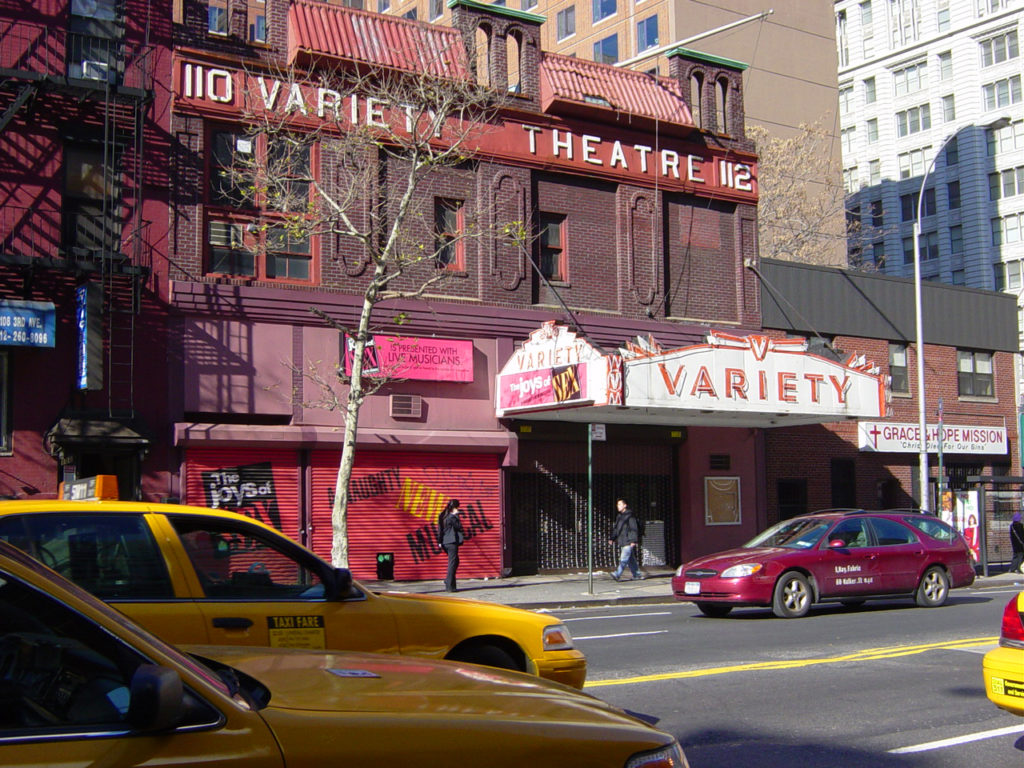
On March 3, Andrew Berman, Village Preservation’s executive director, wrote to Mayor Adams and Sarah Carroll, the chairperson of the city’s Landmarks Preservation Commission, touting the “critical film history” of the organization’s proposed South of Union Square Historic District. Designating the area as a historic district would confer landmark protection on the included buildings, giving them significant protection against demolition or alternation.
“While today the movie business is synonymous with Hollywood,” Berman wrote, “prior to 1915, New York City and the surrounding tri-state area were the center of the nascent film industry, and the area south of Union Square was in many ways at its heart. The area continued to play an important role in the film industry throughout the 20th century, even as the largest film producers moved across the country.”
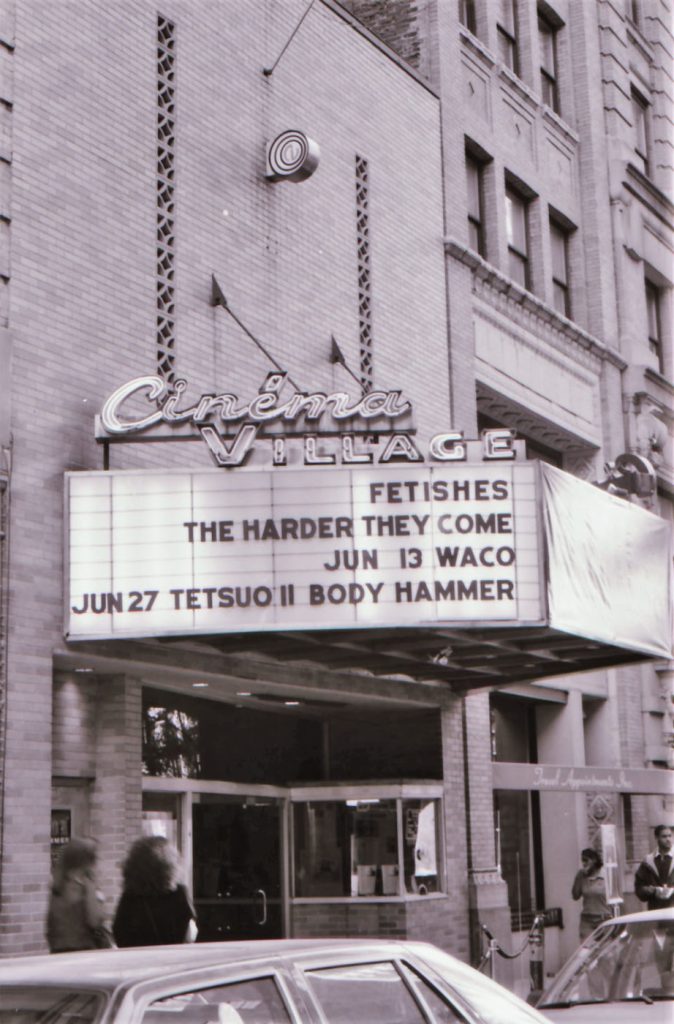
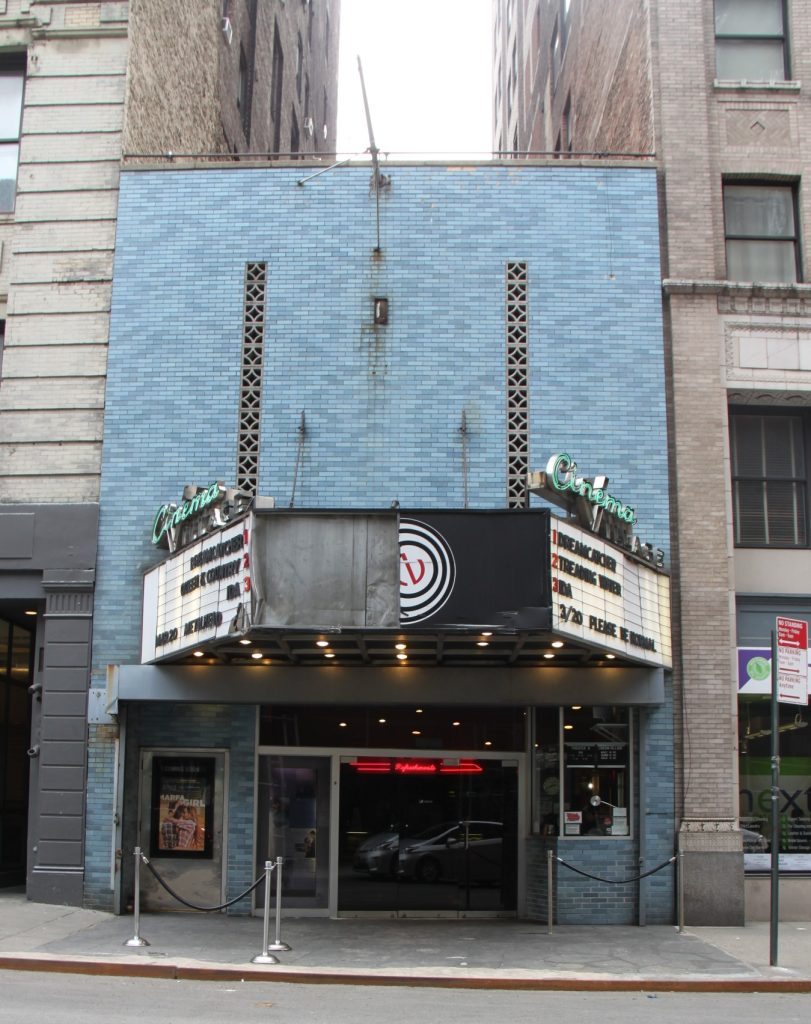
New York City’s central role in the early film industry was mainly thanks to Thomas Edison and his Motion Picture Patents Company (MPPC), which was headquartered at 80 Fifth Ave. As a result, the area south of Union Square was the business center of the fledgling film industry from 1909 until the company’s dissolution in 1917.
Around the time Edison’s MPPC started operating in the neighborhood, cheap nickelodeons began cropping up nearby, followed by grand movie palaces, helping the neighborhood — which also offered bargain shopping and bawdy entertainment — earn the moniker the “Poor Man’s Fifth Avenue.” These theaters remained an important feature of the neighborhood throughout the 20th century.
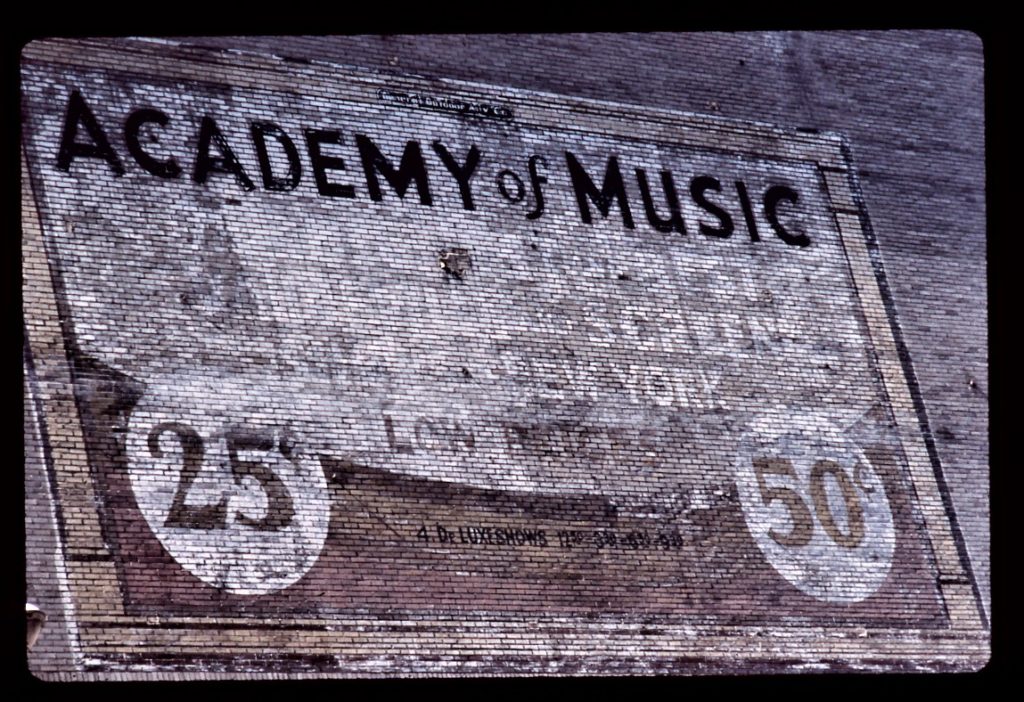
The Variety Theatre, on Third Avenue at 14th Street, was one of the last surviving of these early nickleodeons, in later years showing gay skin flicks before it was demolished in 2005. On the other hand, the Palladium, located just around the corner on E. 14th Street, was a deluxe movie palace when it opened, continuing on as a movie theater into the mid-1970s, when it became a 3,000-seat live music venue and later a dance club. The photo on the cover of The Clash’s “London Calling” — of Paul Simonon smashing his bass onstage — was taken at a show there in 1979. The history-laden building was later demolished for a New York University dorm dubbed Palladium Hall.
Cinema Village, at 22 E. 12th St., is the oldest continuously operated cinema in Greenwich Village, and one of the oldest continuously operated art cinemas in the city. Located in a modified former firehouse built in 1898 — its Beaux Arts facade was stripped off for the conversion — the theater opened in October 1964 with Ingmar Bergman’s “All These Women.”
“The movie selections at Cinema Village reflect a strong bias toward films that Hollywood would typically shun,” Berman’s letter notes.
In addition, as the mainstream movie industry shifted to the West Coast, alternative filmmakers took root in the area. Later on, the likes of Andy Warhol and Jonas Mekas were among the filmmakers who operated in the neighborhood.
To see Village Preservation’s full letter to the mayor and L.P.C. chairperson — which includes a detailed history and photos of the area’s cinema connection — click here.

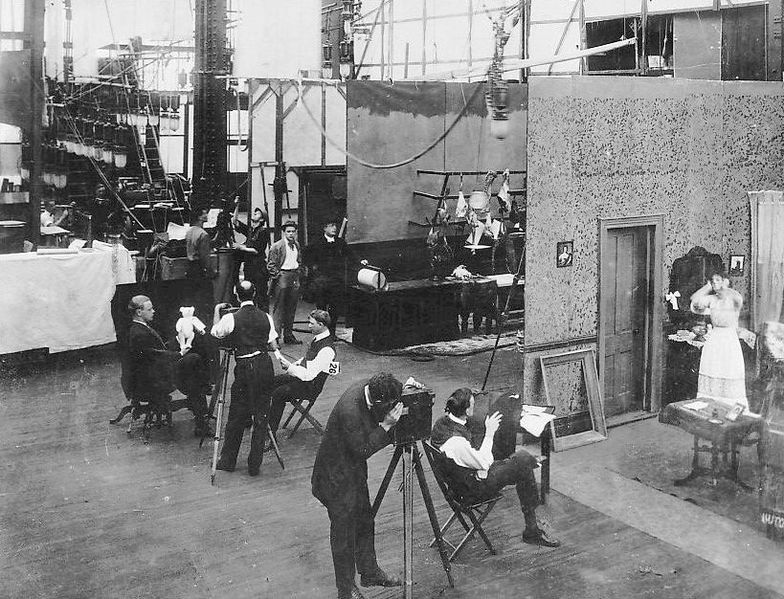
This is so stupid. Taking this article at face value, this area was important in the film industry for an 8-year period that ended more than 100 years ago, and most of the arguably historic buildings have already been demolished. Somehow, in the mind of Andrew Berman and The Village Sun, that justifies making it so nothing can get built or changed here ever again. Just grasping at straws to justify NIMBYism.
and so… the usual REBNY lame-ass troll pitches forth….
I’m all for it! Anything to help remember and reflect upon the planet’s first “Movie Theater District” would benefit NYC and the world.
But how to fix commemoration in a city in flux? Sidewalk medallions? Historic street post signs? QR codes on existing buildings?
It’s NYC — We can do anything!
It’s surprising that the old Tammany Hall building, still under renovation at 44 Union Square to make way for commercial tenants, including Petco, and Union Square Park across the street, aren’t mentioned in this article as reasons why the neighborhood is now being proposed as a historic district. Tammany Hall, when it was under control by mostly Irish political bosses, had a powerful role in the labor movement, including after the 1911 Shirtwaist Fire that killed 144 workers. In 1943, the building was purchased by an affiliate of the International Ladies Garment Workers Assn. Union Square Park across the street was the scene of numerous labor rallies and political protests. In 1965, five radical activists burned their draft cards there to demonstrate their opposition to U.S. involvement in the war in Vietnam. And that’s just for starters.
This plan is almost too late as some of the pertinent buildings have already been destroyed. But, as they say, better late than never.
Over the years I’ve been to all the movie theaters you have listed, the majority were run down, sleazy, but what a time that was! Thanks for the lovely pictures, brought back distant memories.